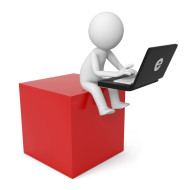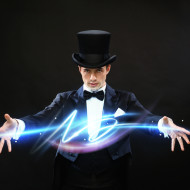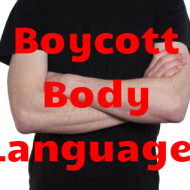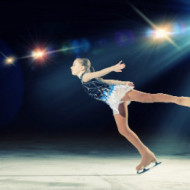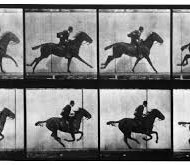
Laban did not neglect the body. He had to create body part symbols and categorize bodily actions to develop his notation system. Movement themes in Laban’s Modern Educational Dance address awareness of the body and explorations of various actions of the limbs, while over half of Mastery of Movement is devoted to enumerating bodily actions of all kinds. Laban’s focus in both these works, however, is primarily expressive.
Elaboration of the BODY category in Laban Movement Analysis is rightfully credited to Irmgard Bartenieff. … Read More

